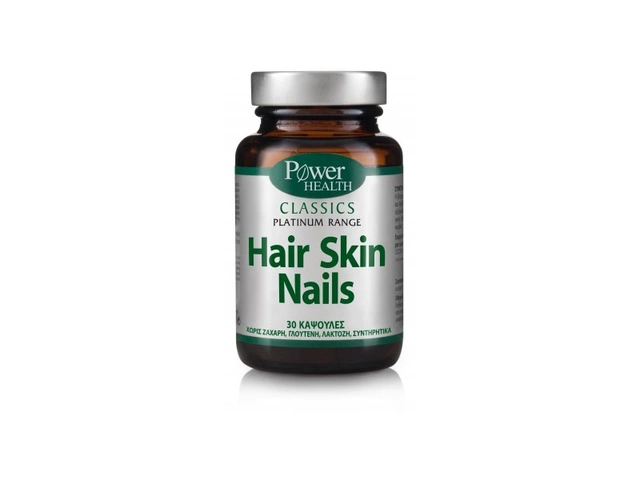Telehealth platforms: how to pick a safe and easy service
Telehealth platforms have changed how we see doctors. They make appointments faster, cut travel, and can save money. But not every platform works the same. Below are clear tips to help you pick one that fits your needs and keeps your data safe.
First, check licensing and care quality. Good platforms show doctor credentials and the region they can practice in. If a site hides provider info or uses generic titles, walk away. Read real patient reviews and watch for repeated complaints about rushed visits or incorrect prescriptions.
Privacy matters more than flashy features. Look for platforms that use end to end encryption, explain how they store records, and follow local health laws like HIPAA in the United States. A simple privacy page that answers who can access your records and how long they keep them is a must. If the platform sells your data or uses vague language, don’t trust it.
Think about prescriptions and continuity of care. Many telehealth services can send prescriptions to your local pharmacy, but some limit controlled substances. If you need ongoing treatment, pick a platform that allows follow ups and shares visit notes with your primary care provider. One-off consults are fine for minor issues, but chronic conditions need a consistent plan.
Compare costs and payment options. Some platforms charge per visit, others offer subscriptions that include unlimited check ins. Check whether your insurance covers the service or if the platform accepts HSA/FSA cards. Also watch for surprise fees like urgent visit charges or consultation add ons.
Look at tech and user experience. A good app works on low bandwidth, supports video and messaging, and has clear instructions for joining a visit. Test the app with a quick free or low cost visit to see how easy it is to connect, share photos, or upload documents. If support is slow or hard to reach, that will be frustrating when you need help.
For providers choosing a platform, make sure it integrates with your EHR, streamlines billing, and supports secure messaging. Platforms that automate notes and let patients book or reschedule online save time and reduce no shows. Check vendor support, reliability, and whether reporting tools meet your clinic needs.
Red flags to avoid: platforms that push unnecessary meds, lack clear refund policies, or pressure you to upgrade. Also be cautious if the service uses nonmedical staff to offer clinical advice. Trust platforms that show transparent processes and let you contact a clinician directly.
Picking the right telehealth platform matters. Use these practical checks, try the service once, and keep your health records linked to a trusted provider. That keeps care simple, safe, and useful when you need it most.
Prepare before visits: have a list of medications, recent lab results, allergies, and a short symptom timeline. Good notes help clinicians make faster, safer decisions. After the visit, save prescriptions and visit summaries in one secure folder so you can share them with providers.

Explore 8 Effective Alternatives to RexMD for Men's Health
This article explores eight alternatives to rexmd.com, a well-known telehealth platform for men's health. These alternatives provide various services, including online consultations and personalized treatment plans for conditions like erectile dysfunction, mental health issues, and preventive care. The article also highlights the pros and cons of each option, offering insights into comprehensive care solutions available in the digital landscape. Get to know more about Hims, Roman, Lemonaid, Ro, Eddie by Giddy, ChaseRx, Nourish, and LifeMD.
Categories
- Medications (50)
- Health and Medicine (46)
- Health and Wellness (34)
- Online Pharmacy Guides (15)
- Nutrition and Supplements (7)
- Parenting and Family (3)
- Environment and Conservation (2)
- healthcare (2)
- prescription savings (1)



